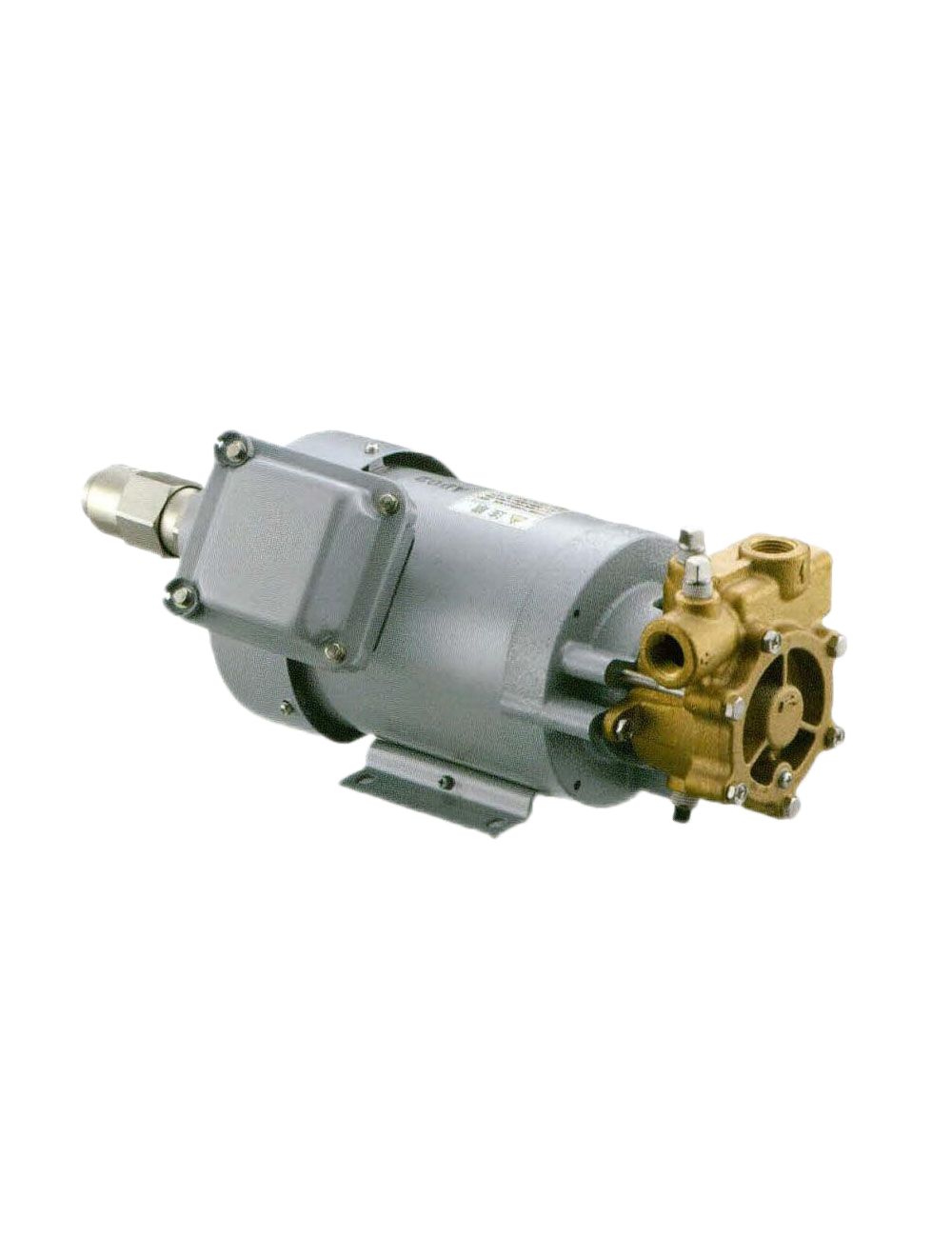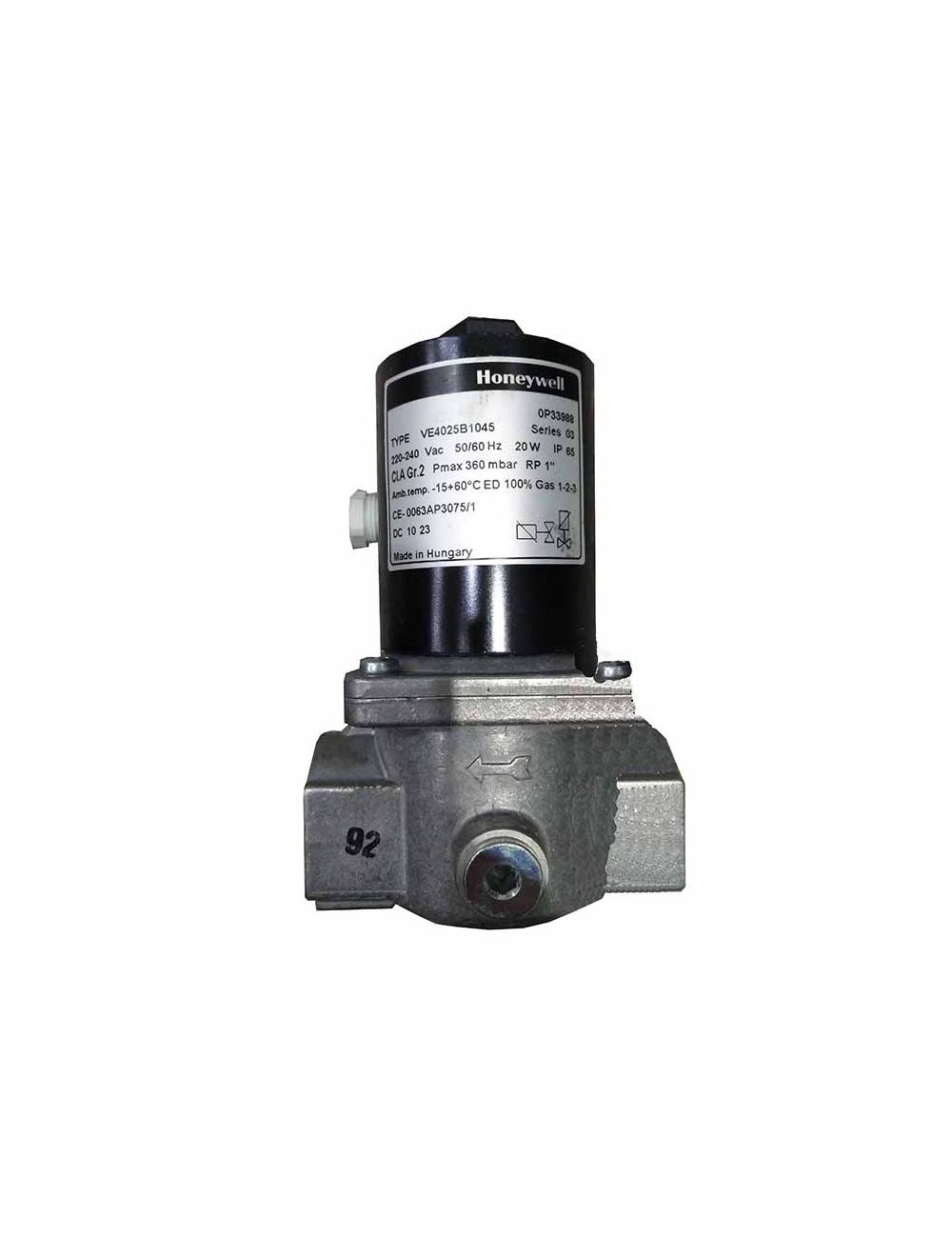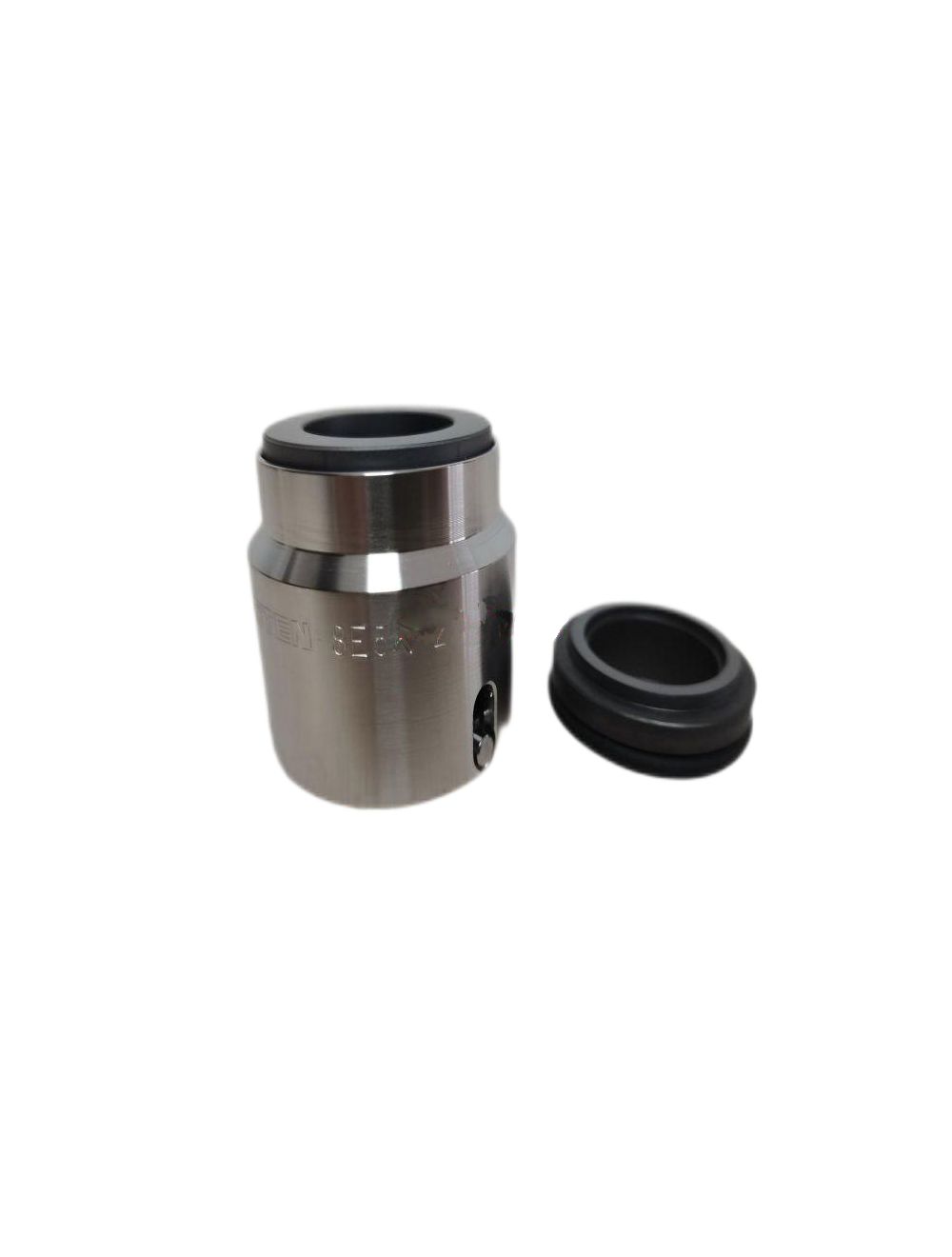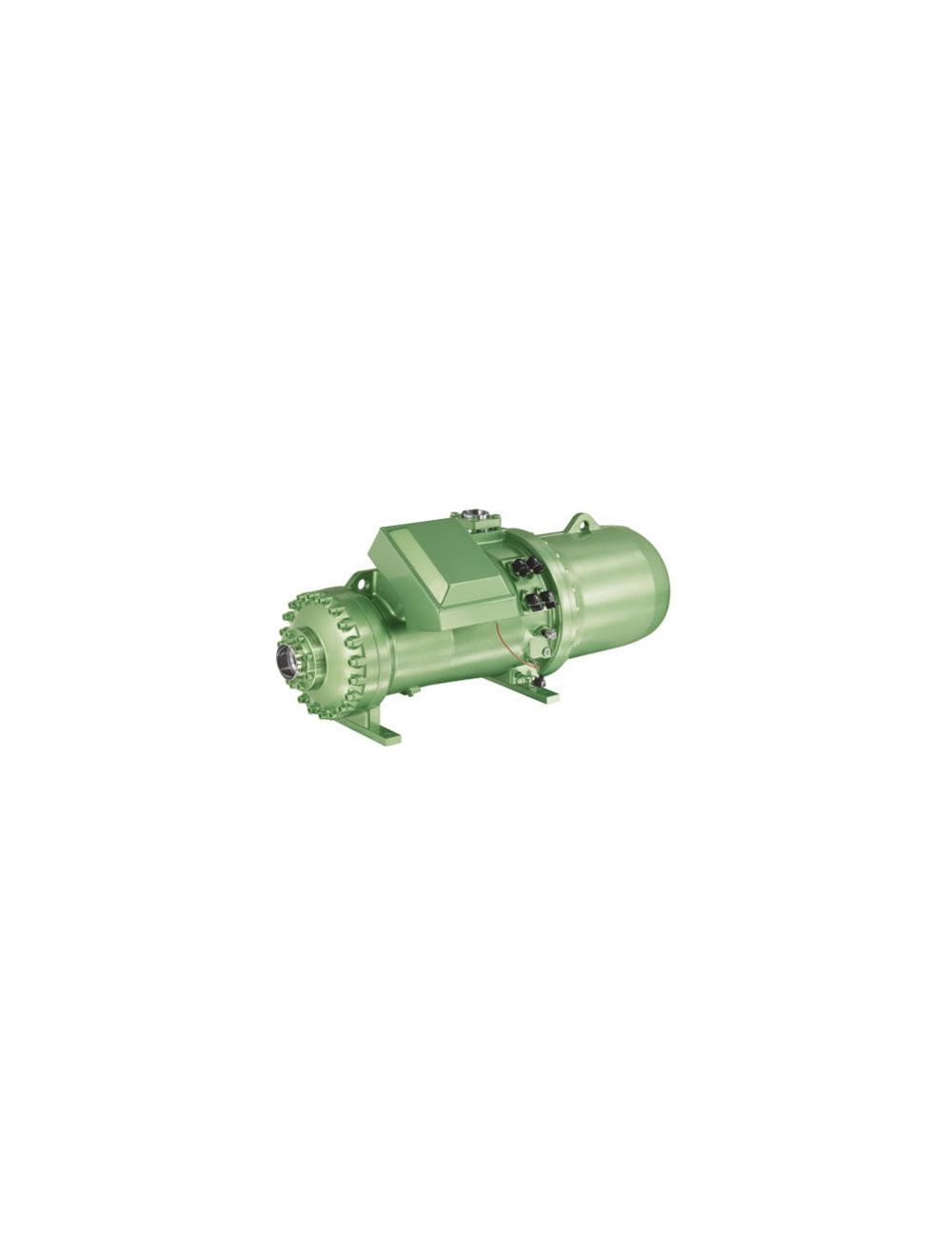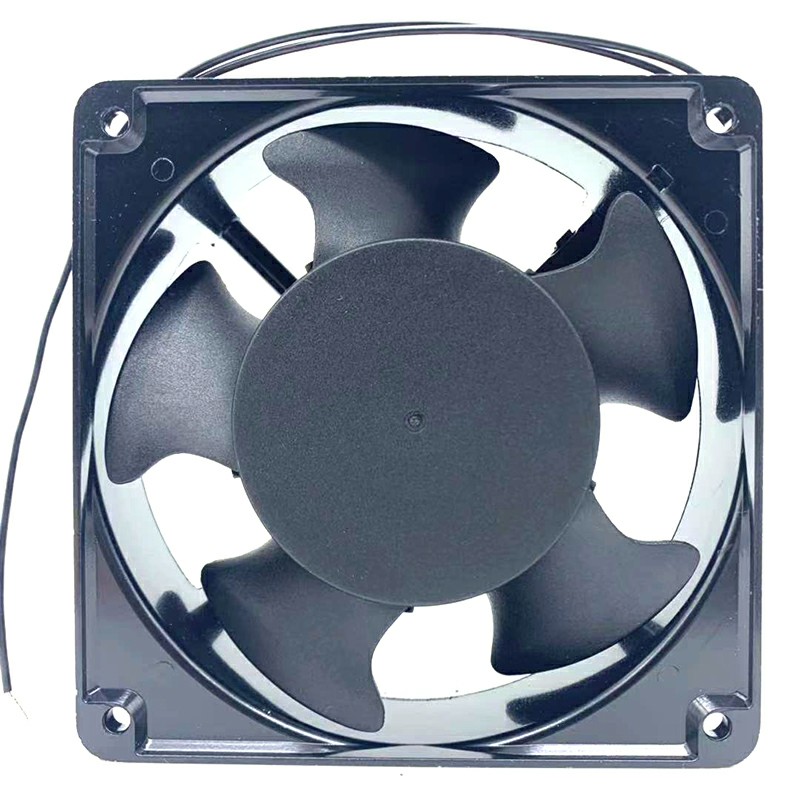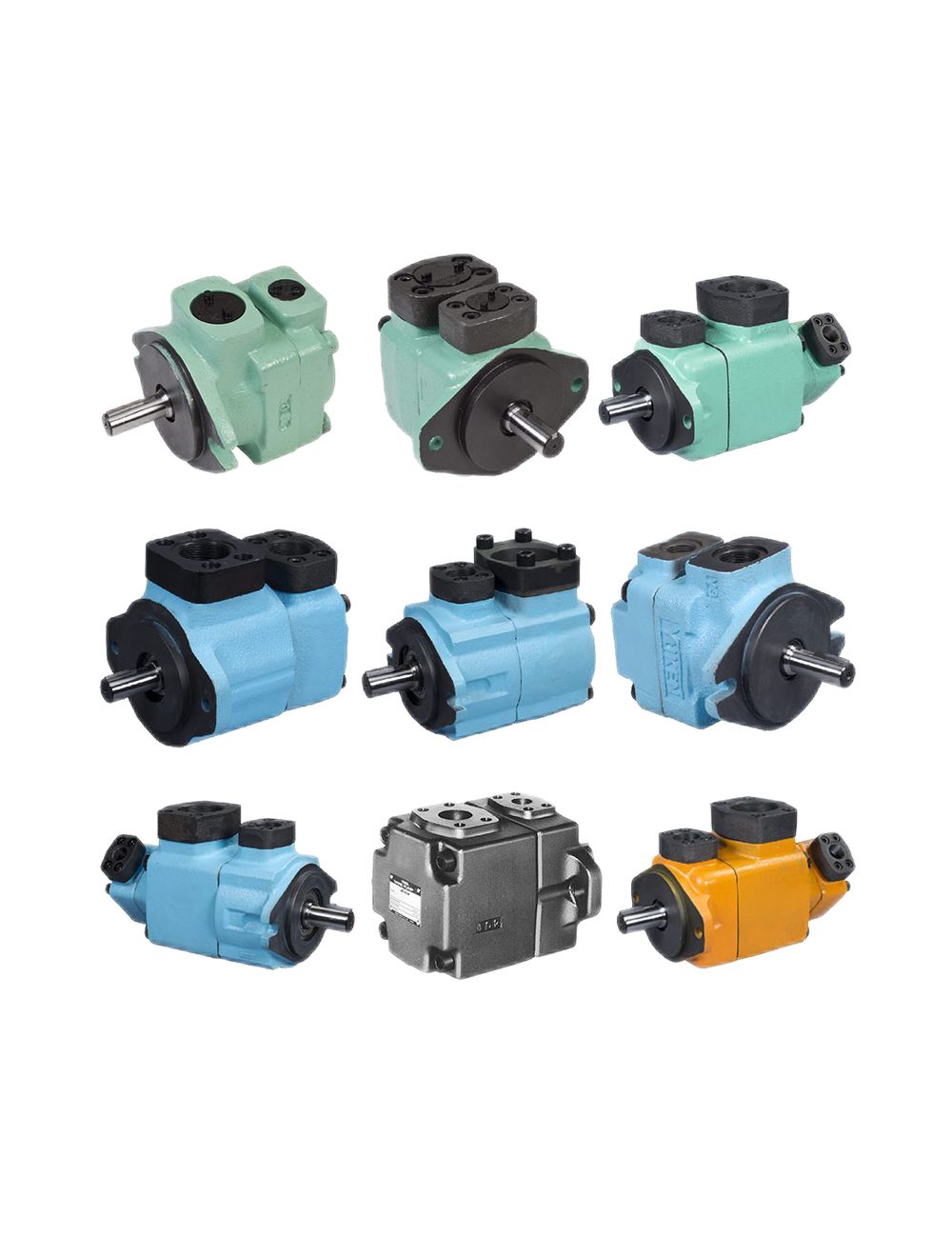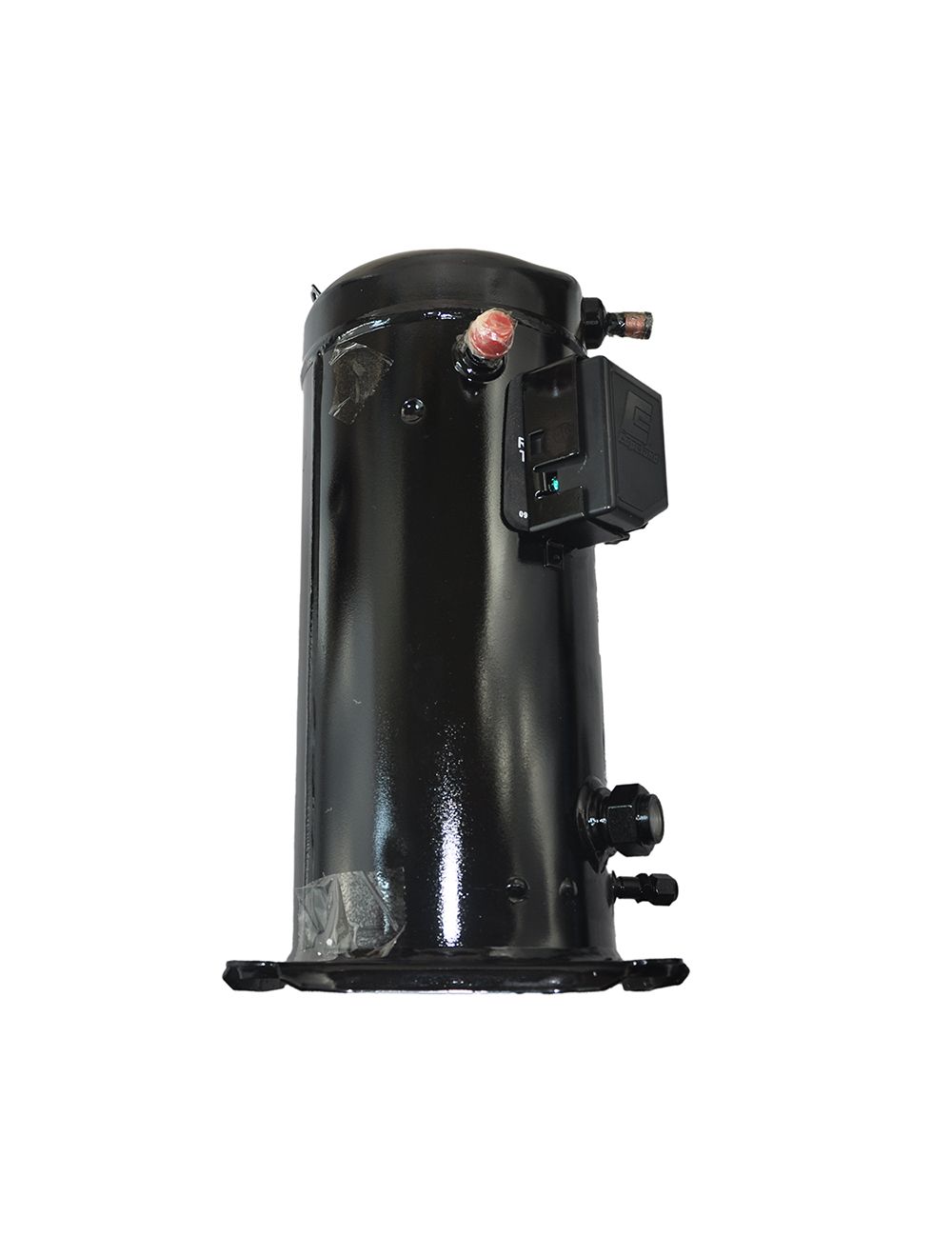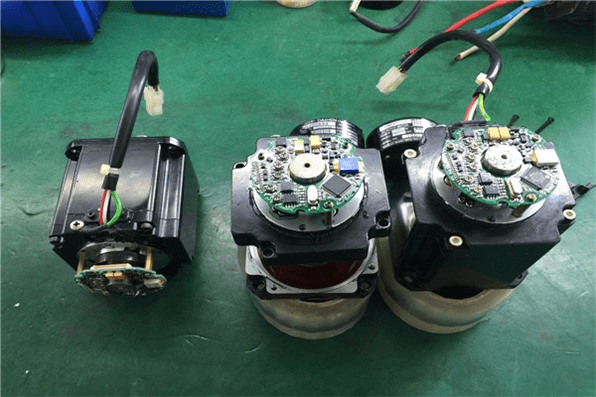
Servo motor is a device that can convert electrical energy into mechanical energy. It can accurately control speed and position and is an important part of the servo system. The working principle of the servo motor is to rotate the corresponding angle by receiving pulse signals and at the same time send feedback signals to the controller to achieve closed-loop control.
Although servo motors have excellent performance, some faults may occur during use, affecting normal operation.
Therefore, we need to understand common servo motor faults and their troubleshooting methods in order to troubleshoot problems in time and ensure the stability and reliability of the equipment. The following are 13 common servo motor faults and corresponding motor troubleshooting methods. The details are as follows:
1. 13 Common Servo Motor Failures and Troubleshooting Methods
1.1 Motor Heats up Too High or Smokes
Cause:
1. The load is too large;
2. Two phases run;
3. The air channel is blocked;
4. The ambient temperature increases;
5. The stator winding is short-circuited between phases or turns;
6. The stator winding is grounded;
7. The power supply voltage is too high or too low.
Troubleshooting method:
1. Reduce the load or choose a large-capacity motor;
2. Clean the air channel;
3. Take cooling measures;
4. Use a multimeter or voltmeter to check the input power supply voltage.
1.2 Motor Shell Electrified
Cause:
The windings are affected by moisture, the insulation is aged, or the lead wire is in contact with the junction box shell.
Troubleshooting method:
Dry or replace windings.
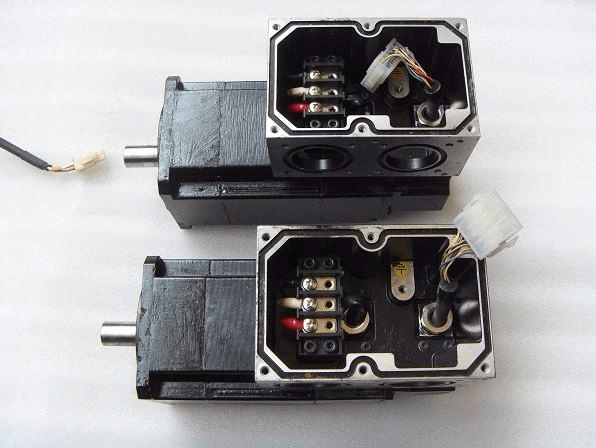
1.3 Motor Vibration
Cause:
①The bearing clearance is too large due to wear;
②The air gap is uneven;
③The rotor is unbalanced;
④The rotating shaft is bent;
⑤The coaxiality of the coupling (pulley) is too low.
Troubleshooting method:
①Inspect the bearings and replace them if necessary;
②Adjust the air gap to make it uniform;
③Correct rotor dynamic balance;
④ Straighten the rotating shaft;
⑤Recalibrate the coaxiality to make it comply with regulations.
1.4 The Current of the Three Phases Unbalanced
Cause:
1. The power supply voltage is seriously insufficient;
2. The respective turns of the three phases are not equal;
3. Internal wiring error.
Troubleshooting method:
1. Check the power supply voltage;
2. Replace the motor;
3. Correct the wiring.

1.5 No-Load Current Too Large
Cause:
1. The stator and rotor air gap is large;
2. The number of turns of the stator winding is too few;
3. Improper assembly.
Troubleshooting method:
1. Adjust and reduce the air gap;
2. Check for winding failure and have the servo motor rewound.
3. Reassembly.
1.6 Motor Insulation Resistance Reduces
Cause:
1. The stator is exposed to water and moisture;
2. Too much dust;
3. Insulation damage;
4. Insulation aging.
Troubleshooting method:
1. Moisture removal;
2. Clean up the accumulated dust;
3. Repair;
4. Replacement.
1.7 Motor Encoder Alarm
Cause:
① Wiring error;
②Electromagnetic interference;
③Encoder hardware damage caused by mechanical vibration;
④Pollution caused by the on-site environment.
Troubleshooting method:
① Check the wiring and troubleshoot;
② Check whether the shielding is in place, check whether the wiring is reasonable, and if necessary, add a filter to reduce the electromagnetic interference;
③ Check the mechanical structure and make improvements;
④ Check whether the encoder is contaminated or corroded (dust, oil, etc.) and strengthen protection.

1.8 Motor Shaft Broken
Cause:
① Unreasonable mechanical design leads to excessive radial load force;
②The load end is stuck or is severely momentarily overloaded;
③The motor and reducer are not concentric when assembled.
Troubleshooting method:
① Check the maximum radial load force that the motor can withstand and improve the mechanical design;
② Check the operation of the load end, confirm the actual process requirements and make improvements;
③ Check whether the load operation is stable and whether there is vibration, and improve the mechanical assembly accuracy.
1.9 Motor Makes Abnormal Noises When Running
Cause:
① Bearing wear or foreign matter such as sand in the oil;
②The rotor core is loose;
③The bearing is short of oil;
④The power supply voltage is too high or unbalanced.
Troubleshooting method:
①Replace the bearings or clean the bearings;
②Inspect the rotor core;
③Add oil;
④ Check and adjust the power supply voltage.
1.10 Difficult to Start the Motor
It is difficult to start the motor. At rated load, the motor speed is much lower than the rated speed.
Cause:
①The power supply voltage is too low;
②The motor is connected incorrectly;
③Increase the number of turns too many when repairing the motor winding;
④The motor is overloaded.
Troubleshooting method:
①Measure the power supply voltage;
②Correct the connection;
③ Restore the correct number of turns;
④ Reduce load.

1.11 Motor Cannot Rotate after Power On
The motor cannot rotate after power is supplied, but there is no abnormal sound, odor or smoke.
Cause:
①The motor is not connected to the power supply (at least two phases are not connected to the power supply);
②The fuse is blown (at least the fuses of two phases are blown);
③The overcurrent relay is set too small;
④The control equipment wiring is wrong.
Troubleshooting method:
① Check the power circuit switch, fuse, and junction box for breakpoints and repair them;
② Check the fuse model and the reason for the fusing, and replace it with a new one;
③Adjust the relay setting value to match the motor;
④ Correct the wiring.
1.12 Buzzing Sound
The motor does not rotate after power on and makes a buzzing sound.
Cause:
①The motor load is too large or the rotor is stuck;
②The power supply voltage is too low;
③The assembly of the small motor is too tight or the grease in the bearing is too hard;
④The bearing is stuck.
Troubleshooting method:
①Reduce load or detect and troubleshoot mechanical faults;
②Check whether the too large due voltage drop is due to the power wire being too thin, and correct it;
③ Reassemble the motor or replace the lubricating oil;
④Repair or replace the bearing.
1.13 Bearing Overheating
Cause:
① Too much or too little grease;
②The oil is of poor quality and contains impurities;
③The motor end cover or bearing cover is not installed well;
④The coupling between the motor and the load is not corrected, or the belt is too tight;
⑤The bearing clearance is too large or too small;
Troubleshooting method:
①Add grease as required;
②Replace with clean grease;
③Reassemble;
④Correct and adjust the belt tension;
⑤Replace with new bearings;

Conclusion
The above are the common faults and troubleshooting methods of servo motors. Hope it will be helpful to everyone. Of course, we must also pay attention to daily maintenance and use of servo motors to avoid unnecessary damage and waste.

